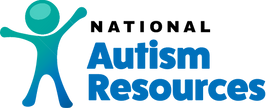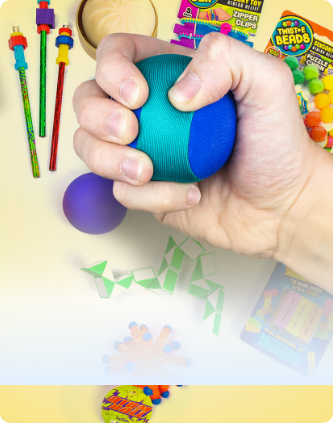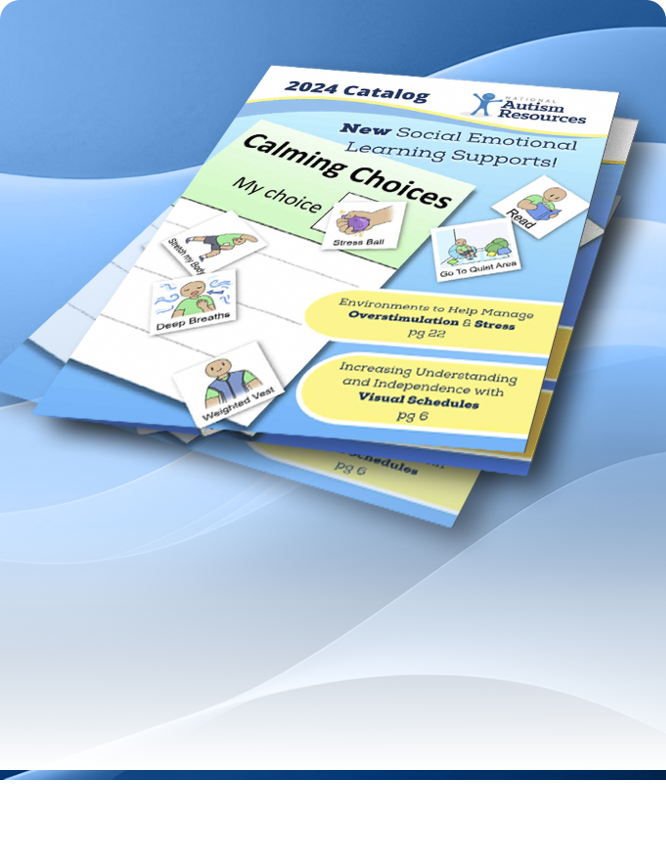
Product Details
The WH-Questions Binder Bundle 1 contains a total of 870 Wh-Type Questions! It covers all six common types of WH-Questions: WHO, WHAT, WHERE, WHEN, WHY & HOW! Everything is heavy-duty laminated! This bundle includes 90 Interactive Velcroed Cards each with different illustrated Wh-Questions! The velcroed cards are pulled off to reveal matching illustrated answers beneath each of them! This bundle also includes specially designed pages with concentrated sources of illustrated prompts for Wh-Questions, as well as additional pages packed with a total of 600 written Wh-Question Prompts! All pages are three hole punched for easy storage in the 3-ring binder!
How It Works:
The 90 Card Set may be used in different ways. Typically you would prompt the student to answer Wh-Question by type. (Each page is sorted by the types of “Wh” so the student may go through the cards one-by-one and answer the question presented, then pull off the card to reveal the intended answer!) Another method would be to allow the student to match the ANSWER to the QUESTION: Remove all the cards from a page and allow the student to choose one card at a time and try to determine which of the answers on the page matches the question! (Each type of Wh-Question card is color coded by type, so you can quickly find the page of Wh-Questions that it belongs to if they get mixed together with other cards from other pages!) The other pages in this binder are a powerful and compact source of many different Wh-Type Questions for hundreds of additional prompting opportunities! Some pages have illustrations and some are packed with 100 written questions each! Examples of questions include: "WHO helps us in the library?", "WHEN do we need to wear gloves?”, "WHY do we brush our teeth?”, and hundreds more!
Why It Works
Do you have students who have difficulty asking or answering open ended questions such as those that start with the six common Wh prompt words: who, what, when, where, why, or how? Being able to answer and ask Wh-type question is essential to learning and understanding more about the world around us. Wh-questions are asked all day, everyday, and they are a necessary part of any academic setting. Typically a child is usually able to first begin to answer questions such as ‘who’, ‘what’ and ‘where’ around the age of 3 or so.
These types of wh-questions typically have answers that a person can see or touch and therefore they may be better understood. Eventually a child should be able to answer the more abstract and often complicated Wh-questions of ‘when’, ‘how’, and ‘why’ as their understanding of language and the world around them grows. A child also typically begins asking other people wh-questions on their own. Children are typically interested in finding out and trying to understand more about new things in their world, and asking wh-questions can bring them the answers!
Some students may have difficulty discriminating all of the specific details that they hear when they are spoken to. They may attend to some parts of the question, but overlook the actual specific request of the question itself. For example you may ask a student: “Why do some people need braces?” and they may answer “On their teeth!” In this case they answered a ‘why’ question with a ‘where’ type answer. They did hear that the question was about braces, and they knew braces are worn on teeth as they answered that. This may be either because they actually do not know why people wear braces, or it may be because they did not attend to or understand the type of question that was asked of them. Some students have difficulty with abstract ideas and words. Wh-Type questions often contain a lot of abstract ideas and words. Most people who have difficulty with abstractions understand much better when visual representations are presented to make the ideas of the verbal question more apparent. Pairing the Wh-Questions with visuals can allow these students to better understand what is being asked of them!
WH-type Questions are also useful to prompt for answers that may provide good language samples of the student speaking at a longer sentence-level. A typical yes/no type question leads to one word answers, however many Wh-questions require a longer explanation or a full sentence to answer accurately. Increasing the sentence length of a speaker can lead to increases in understanding of their messages by their communicative partners. Practicing Wh-type questions can help students both with learning more about the world around them, as well as attending to details of what they hear when people speak to them. It can also help students to practice how to ask questions of other people, as well as how to respond to questions that are asked of them!












